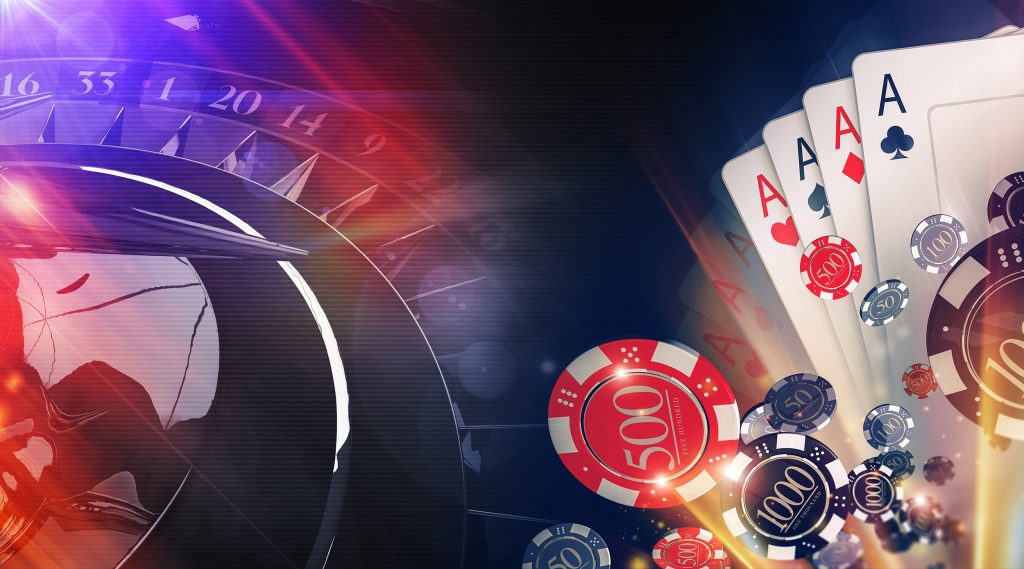Feel the Rhythm of Life Embrace the Beat Within 1137641110

Feel the Rhythm of Life: Embrace the Beat Within
Life is an intricate dance, and at the center of it all is rhythm. Whether it’s the beat of a heartbeat, the pulsating sound of music, or the synchronized movements of a dance floor, rhythm is an essential part of our existence. As we journey through our days, it’s important to recognize and embrace the rhythm around us. Engaging with this beat can lead to a deeper understanding of our own selves and our place in the world. As you read on, you might find that this exploration could be complemented by some fun found at Feel the Rhythm of the Reels and Win Your Way betandreas, where rhythm also matters in a different context of gaming experience.
The Importance of Rhythm in Our Lives
Rhythm surrounds us in every facet of life. From the ticking of a clock to the patterns of nature, rhythm is present and foundational. It holds a particular significance in various cultures and artistic expressions. Music, for instance, thrives on rhythm, providing a soundtrack to the human experience. The ancient Greeks understood this when they spoke of ‘harmony’ and ‘rhythmos’, seeing these qualities as essential to a balanced life.
Rhythm and Music
Music is arguably the most powerful medium through which we can express and feel rhythm. It serves as a universal language, transcending barriers and uniting people. Different genres of music evoke various emotions and reactions, often driven by their rhythmic structures. For example, a fast-paced pop song can generate excitement and energy, while a slow ballad might encourage reflection and calm. The interplay between rhythm and melody creates a dynamic experience that can influence our mood and behavior.
The Healing Power of Rhythm
Recent studies have suggested that engaging with music can have profound effects on our mental health. Rhythm can help to reduce anxiety, improve mood, and even foster social connections. Drumming circles, for example, have gained popularity as therapeutic sessions where individuals can explore their rhythms and release pent-up emotions. By tapping into our primal instincts and innate need for rhythm, we can foster healing and growth.
Finding Your Rhythm Through Movement
Aside from music, rhythm can also be felt and expressed through movement. Dance, in particular, offers a physical manifestation of rhythm where the body moves in time with beats and melodies. Dance is not just an art form; it’s a way to connect with oneself and others. Styles like salsa, ballet, or hip-hop each have their unique rhythms that reflect cultural histories and personal stories.
Exercise and Rhythm
Physical exercise is another way we encounter rhythm. Whether it’s the steady beat created by footsteps on a treadmill or the ebb and flow of breathing during yoga, movement introduces a rhythm of its own. Engaging in regular physical activity not only improves health but also allows you to tune into your body’s rhythm. Activities like running, cycling, or practicing martial arts can enhance our awareness of how rhythm intersects with physicality, promoting a sense of harmony within.

Daily Rhythms and Routines
Our lives are filled with daily rhythms that come from routines—waking up, eating meals, going to work, and resting at night. These rhythms provide structure and stability, which can help in reducing stress and enhancing productivity. Being in tune with your daily rhythms can lead to more mindful living. Learning to honor the natural ebb and flow of energy throughout the day can help in prioritizing tasks and managing time effectively.
The Role of Nature in Rhythm
The natural world is a rich source of rhythm. The changing seasons, the rising and setting sun, and the cycles of the moon all contribute to the rhythm of life on Earth. By immersing ourselves in nature, we can reconnect with these rhythms and find balance in our own lives. Whether it’s taking a walk in the park, listening to the sounds of the ocean, or simply observing the dance of the leaves in the wind, nature offers us a profound reminder of the interconnectedness of all things.
Embrace Your Inner Rhythm
To truly feel the rhythm of life, one must actively engage with it. Start by exploring various forms of music and movement that resonate with you. Attend concerts, take dance classes, or join a drumming workshop. Surround yourself with individuals who share a passion for rhythm and creativity. Furthermore, take time to reflect on your daily routines; are you living in harmony with your own body’s rhythms? By listening to your needs and honoring them, you can cultivate a more fulfilling and rhythmic existence.
The Rhythm of Connection
Finally, remember that rhythm is not just an individual experience; it’s inherently social. Engaging with others through collaborative music-making or group movements can deepen connections and foster community. The rhythm becomes a shared bond, celebrating diversity while also highlighting our commonalities. Through these interactions, we not only feel the rhythm of life but share in its beauty.
Conclusion: Dancing to the Beat of Life
In conclusion, feeling the rhythm of life is an invitation to embrace the present moment and recognize the patterns that shape our existence. Whether through music, movement, or the simple act of living, rhythm plays a crucial role in enhancing our well-being and fostering joy. So, take a moment to pause, listen, and feel the beat within you. Dance, move, and explore the vibrant rhythms that life has to offer, allowing yourself to experience the world with an open heart and a joyful spirit.



